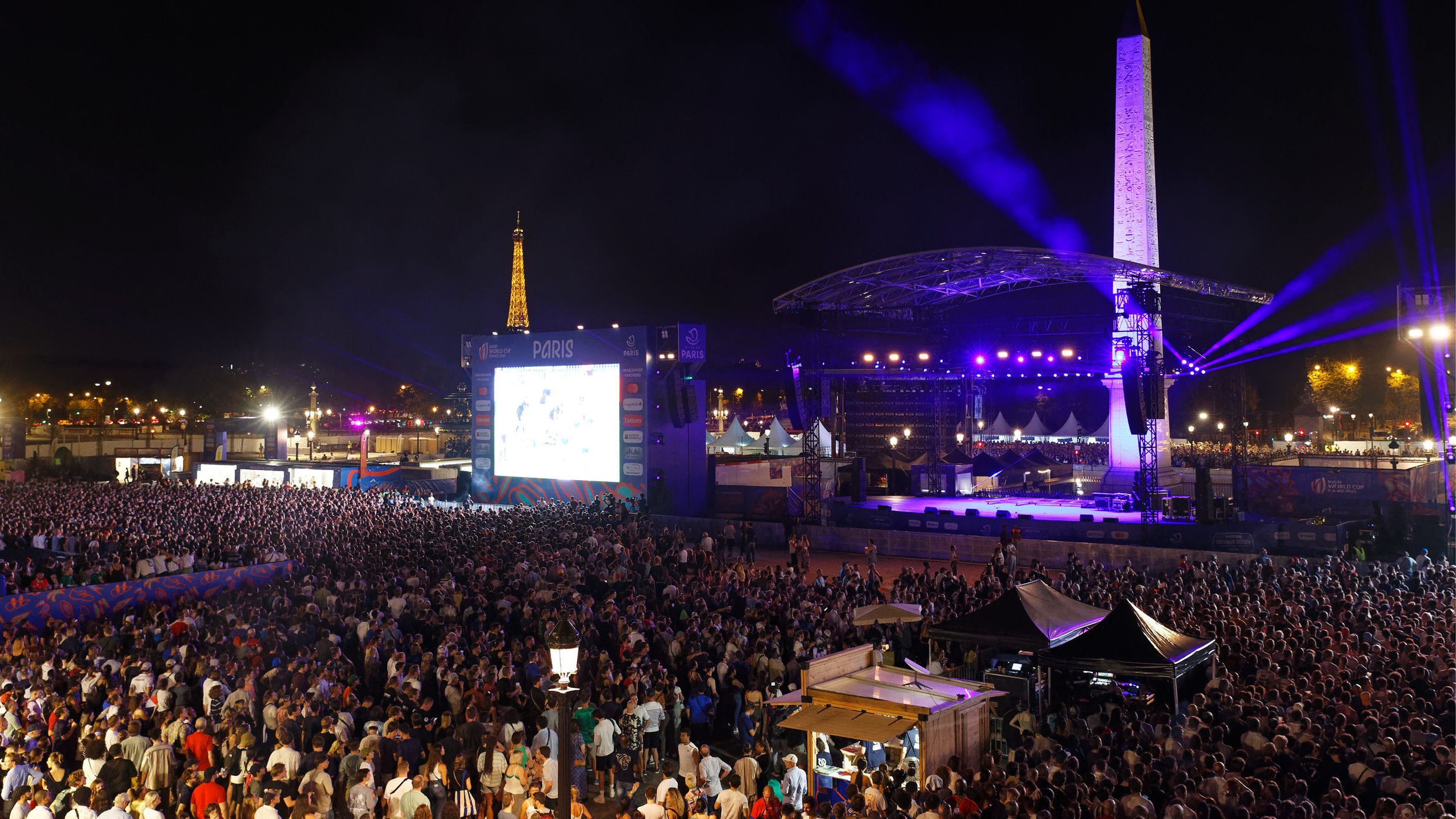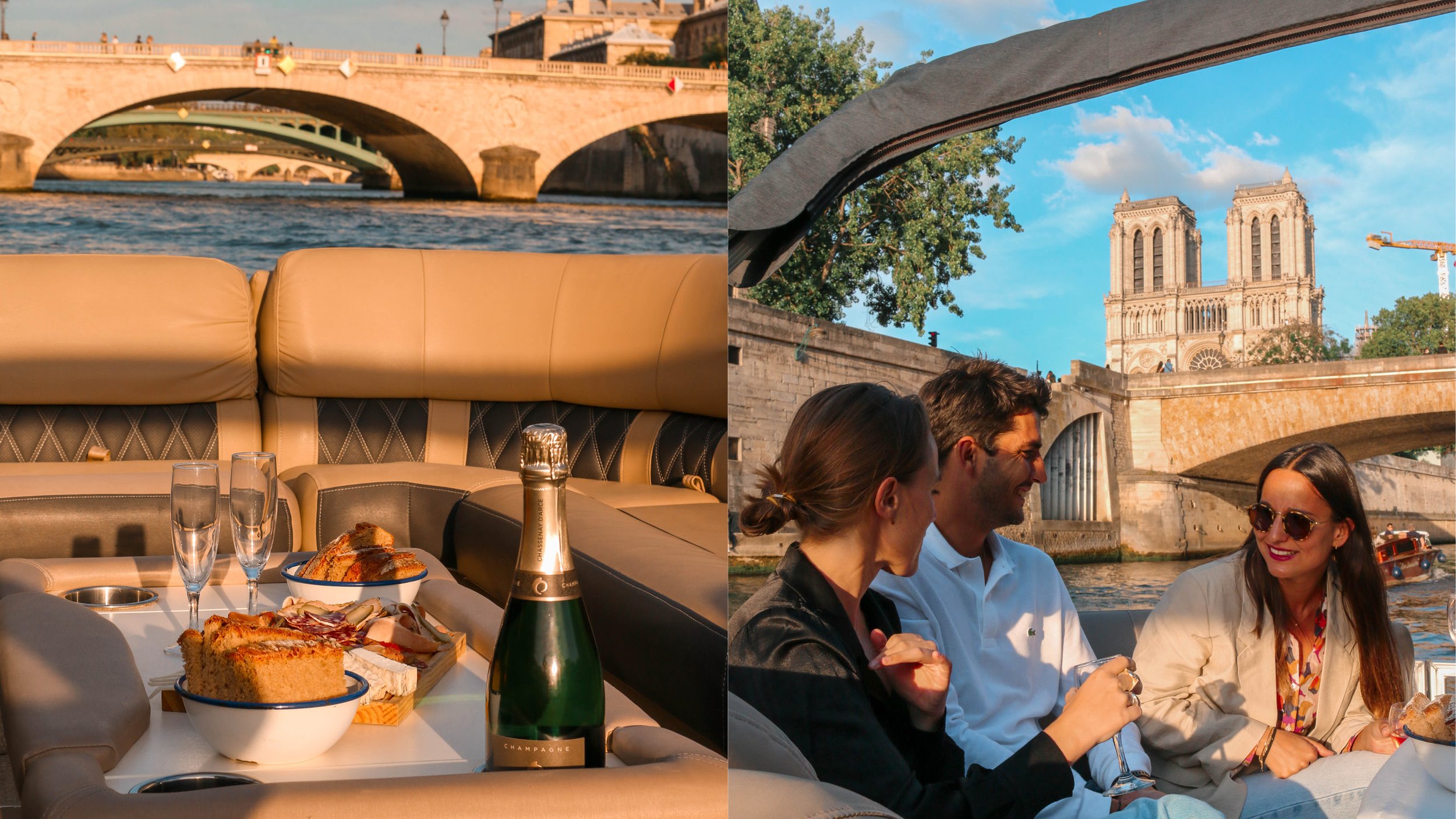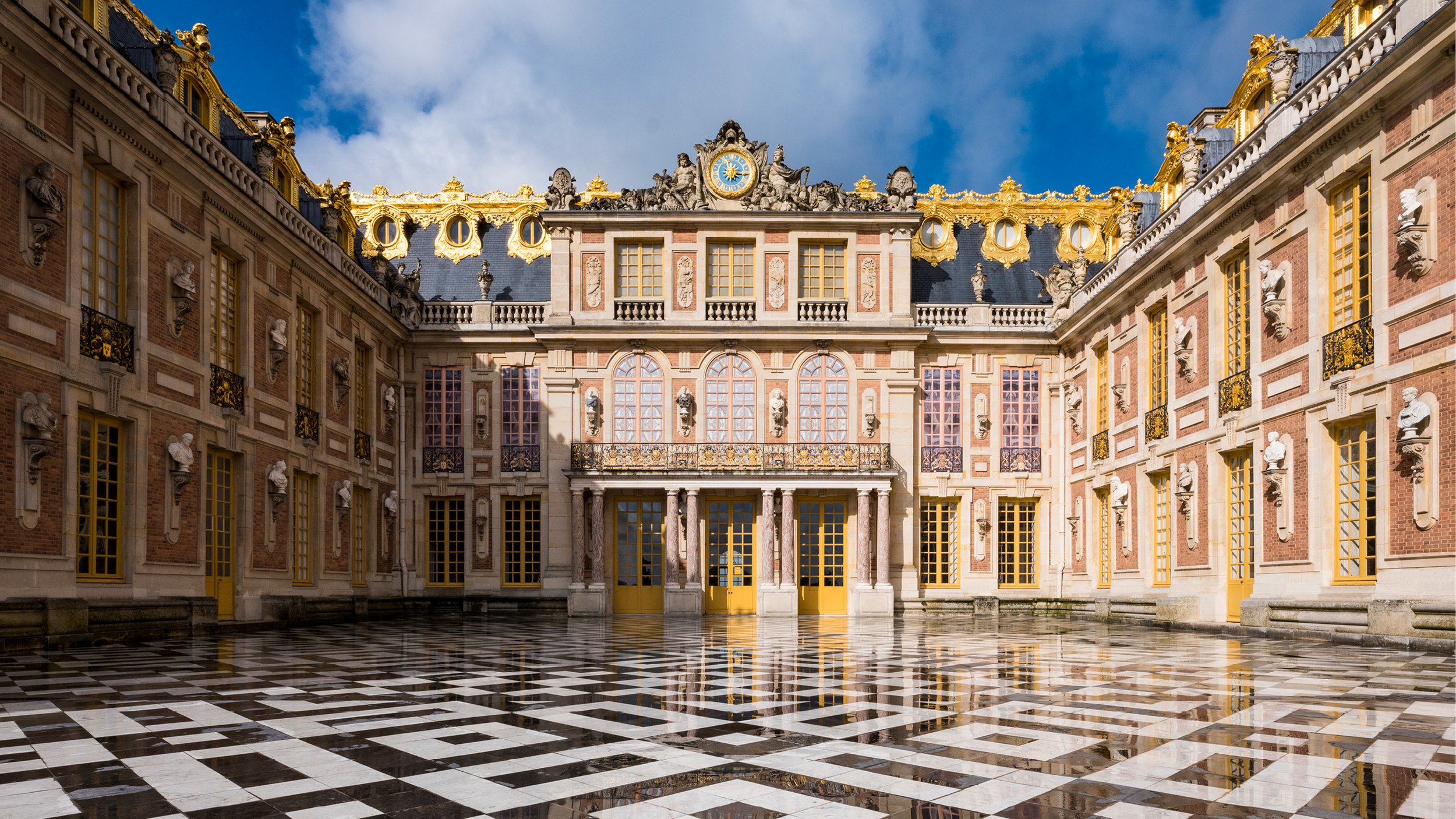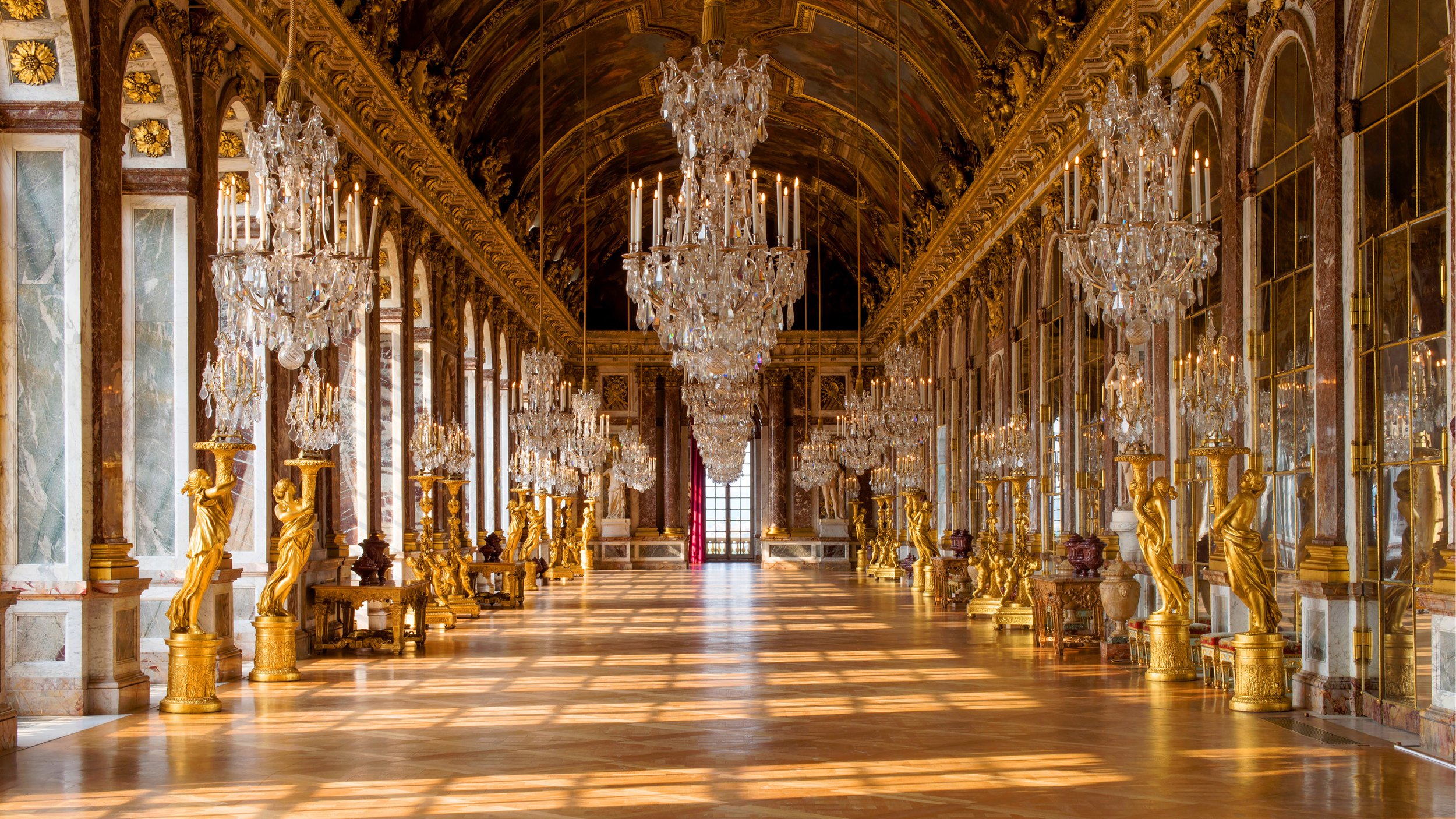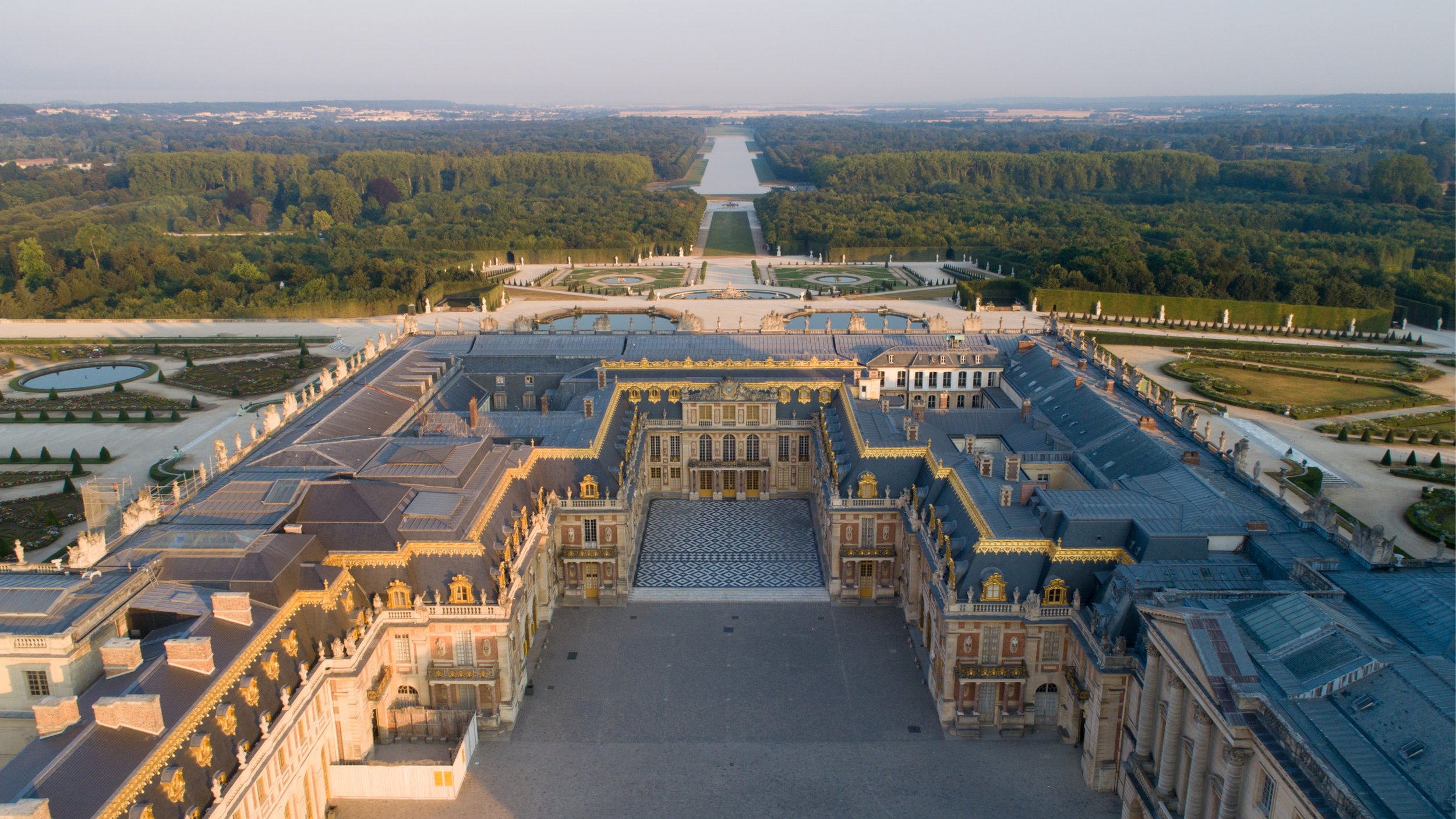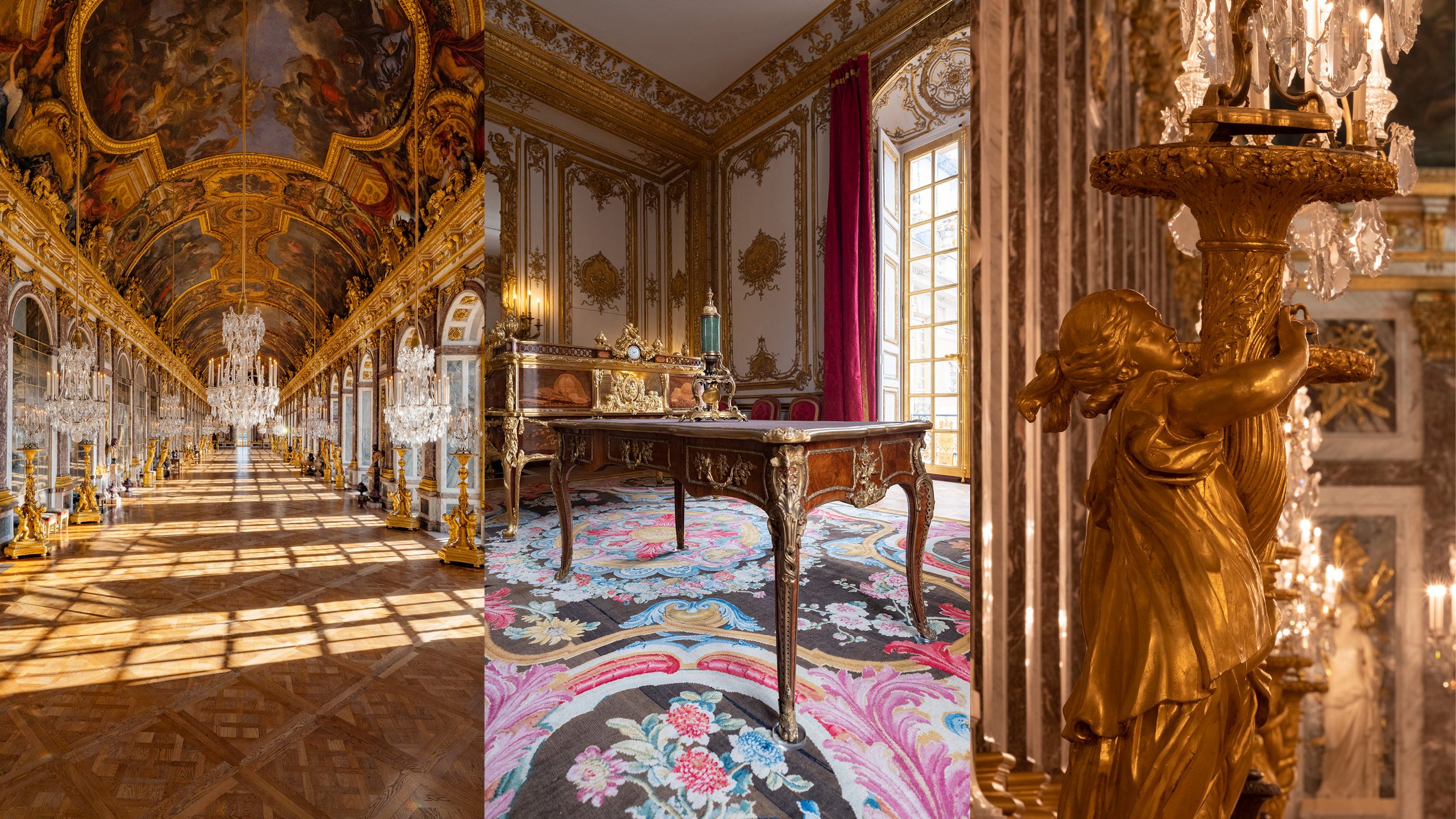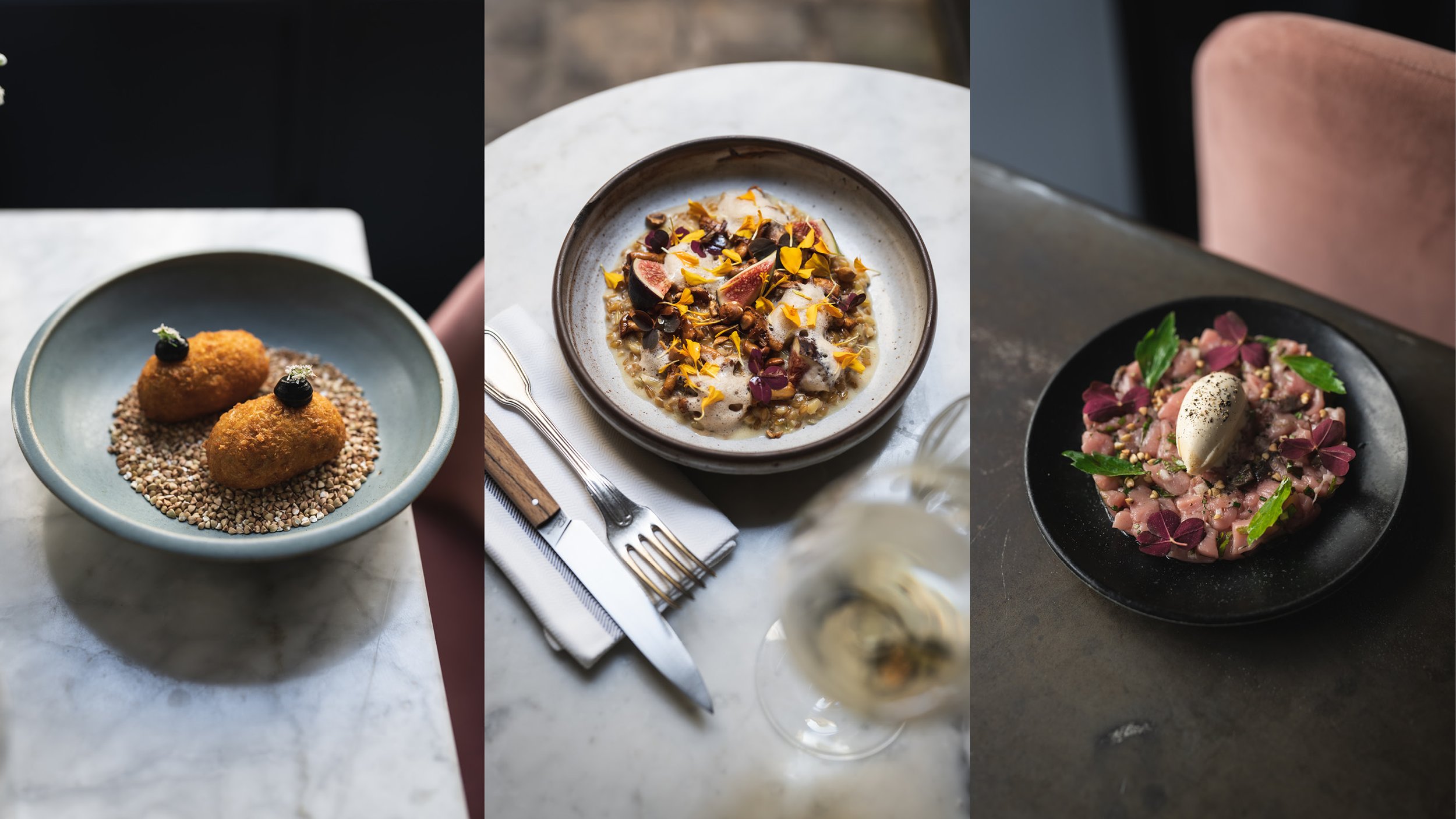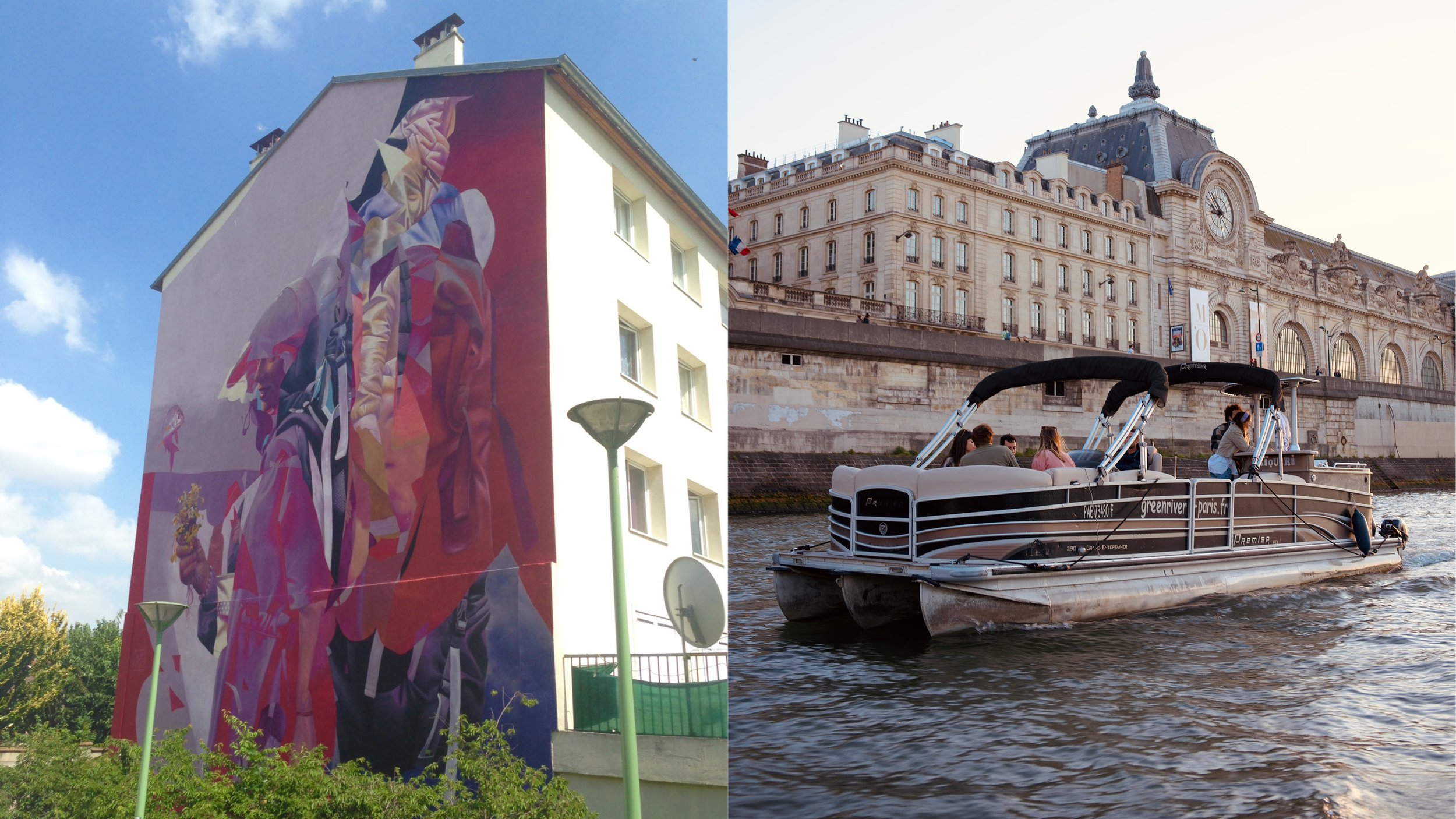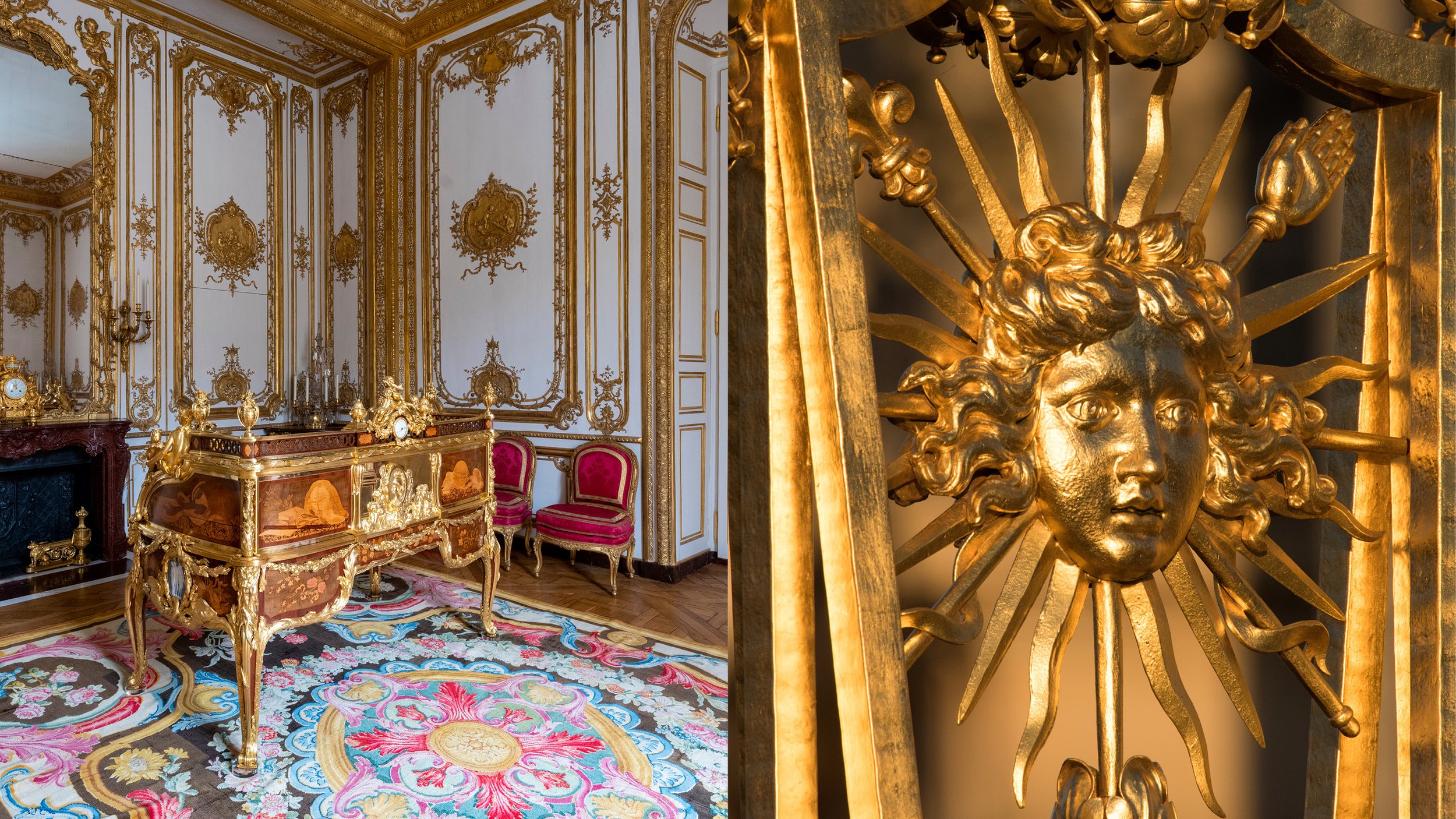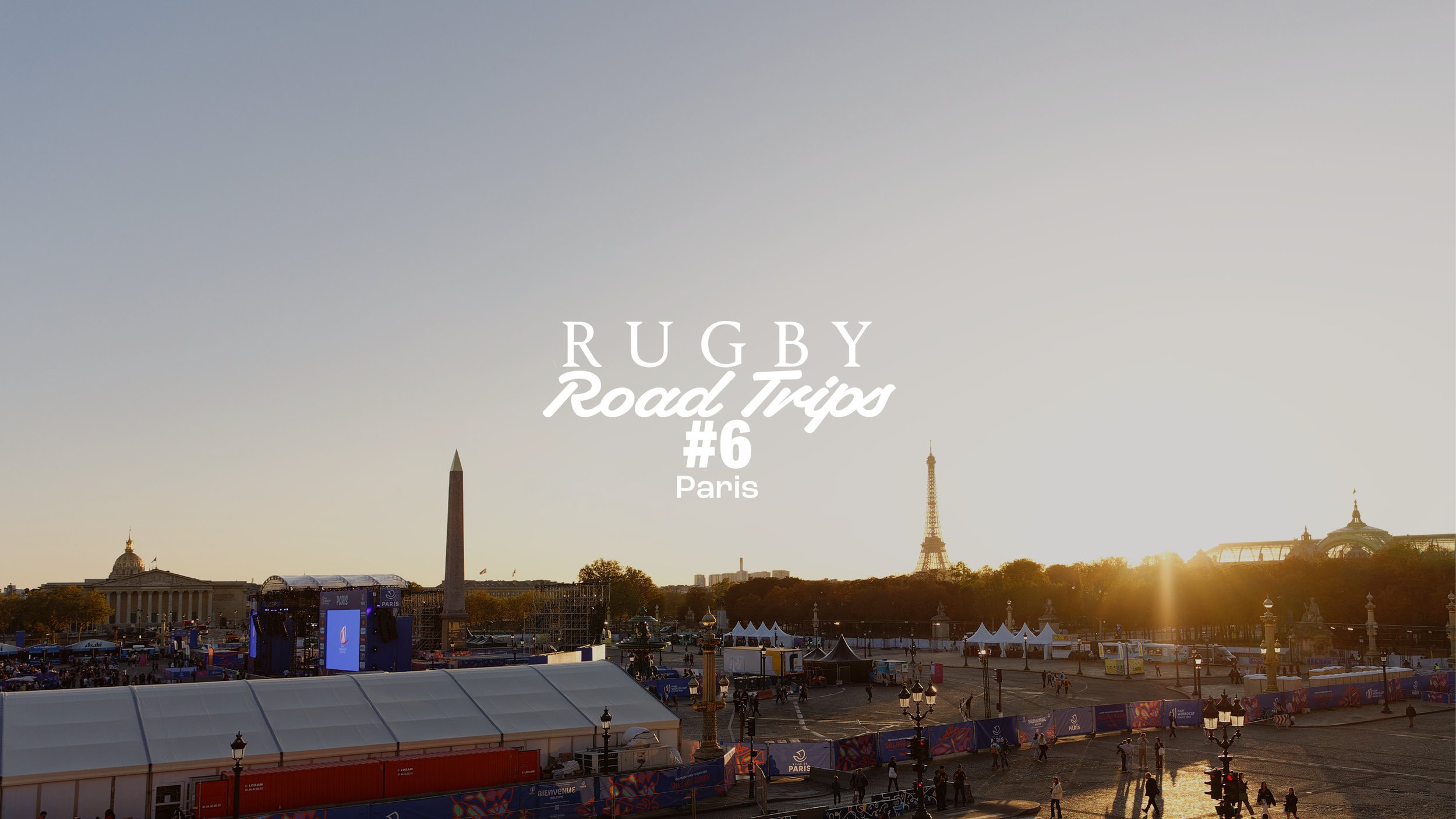
As the Rugby World Cup bids farewell to France, the Rugby Journal brings its travel series on the host cities to an end with a visit to Paris to deface some walls and discover a palace for mistresses...
There’s a canal just in front of the Stade de France, Canal Saint-Denis, that rugby fans in their hundreds of thousands have crossed in recent weeks. Unsurprisingly with their minds instead on the rugby match ahead of them, only a trickle of supporters have been found taking the stroll along the canal for purposes other than to seek the next watering hole of the bière-dispensing kind.
Yet, it’s here, that the story of the city is, literally, writ large on the walls. Street Art Avenue has become an area of Paris where street art is accepted, as long as it’s good. “The police will walk past, and as if you’re doing something that looks good, they’ll keep on walking,” explains Pierre, a street artist/tour guide/journalist, as he guides us along the canal. “It’s street art not graffiti, because if you’ve been paid to do your work, you can’t call it graffiti and some of these works have been commissioned.”
He points out a five-storey building with an epic, ethereal mural on one side. “They had to get a cherry picker to do that one,” he says.
We stop at an underpass, next to where an impromptu, alfresco barbershop has set up. Pierre explains we’re here for the rugby and, effectively, tidying up a messed wall. “Some of these marks,” he says pointing to random scribbles ruining an otherwise beautiful piece of art, “were done by a miserable old artist who disagrees with some of the younger generation who have been paid for their work, so he’s just ruined their work.”
Choosing a spot on the underpass where the work has been ruined, he begins to outline the new piece – it’s a tribute to a young rugby player, just six years old, who died earlier this year. “These art works have been ruined so it’s okay for me to paint here,” explains Pierre. “And other artists know my tag [signature], so they shouldn’t mind me doing it. Let’s call this ‘Hope’,” he says, then begins spraying.
Within ten minutes or so, the wall – previously a message muddle of painted scribbles – is carefully nursed into a new life as a work of art ‘Hope 4 Sam’, simple, beautiful, vibrant. The barbershop – effectively a chair in the middle of the canal towpath – and its clientele approve, and we head back to the stadium and re-join the green tide of supporters (we’re here for Ireland v Scotland, an almost entirely Irish affair) en route to the match.
The eclectic Street Art Avenue is just one fine example of positive regeneration in this World Cup city that’s hosted ten games and somewhere in the region of 300,000 fans, during the 7 weeks of the campaign. While some argue it’s not a rugby city – at least not like Toulouse, Bordeaux et al in the south – it does have two Top 14 clubs [Racing 92 and Stade Français, with 20 Bouclier de Brennus between them] but, more to the point, it knows how to host rugby and put on a show.
The fan zone right in the heart of the city in Place de la Concorde has kept fans entertained ten thousand a time, but it’s not only the bespoke World Cup entertainment that has made it win over those that have attended.
Photos by Thomas Garnier
Decadence and Debauchery
On the flip side of the urban street art vibes, Paris does splendour quite unlike any other city. It’s something you can see when you lose yourself within its streets and alleys, and ‘stumble’ upon another epic church that, in any other city, would be a centrepiece, but here it’s just one of many.
The rough and the smooth of the city (and indeed the wider Paris region), are equally alluring and extreme too. From spray painting in underpasses, you can take a short trip outside of the city centre to find a 2,300-room palace that once played host to a court of 10,000 at arguably the most decadent of royal dynasties known to man. The Palace of Versailles paints such a vivid picture of what life would have been like for the myriad King Louis that lived and ‘worked’ here. Its own opera house, chapel, a Hall of Mirrors [with grandiose chandeliers and some 357 mirrors over 17 arches], there was even a smaller palace where the king kept his mistresses.
Photo by Thomas Garnier
And, like the rest of Paris, there’s endless stories, of decadence and debauchery, where 19 royal children were born and where Marie Antoinette escaped through a secret door during the revolution. Every piece of fine furniture and chandelier has some intricate back story (something our guide is only too eager to share, much to the delight of my Australian rugby writing colleague), which is what Paris and the Rugby World Cup has been all about. Stories.
Not just the rugby narratives, where French and Irish victories over New Zealand and South Africa in Paris gave hope that was then brutally whipped by narrow defeats when the two European nations swapped opponents in the quarterfinal stage. There was also England’s crushing single-point loss to South Africa in the semi-final, paving the way for a final from the two most successful teams in Rugby World Cup history.
It's also been the stories away from the field; the Zombie soundtrack to every Irish game; the fans (mostly Irish it has to be said) tackling, kicking and scrummaging their way through the streets; and then the stories from days and nights out in Paris, many of which won’t find their way on to social media, but will surely be told for years to come.
Rugby Journal has spent two years travelling across France, from Montpellier and Marseille to Lyon and Lille to Toulon and Toulouse, creating our Rugby World Cup travel logs here and Paris has been a fitting final stop.
Rucking in the streets, bars where good wine doesn’t cost an arm and a leg, epic food at every turn, a diversity in culture to be celebrated, and architecture that never ceases to enthral – even when, as in Notre-Dame, it’s basically a building site, as they intricately recreate the original, it’s an epic one.
The rugby circus may be leaving, but at least we’ll always have Paris, and right on our doorstep too.
For more information on Paris, visit Parisjetaime.com
For more information on the Paris region, visitparisregion.com/en
5 reasons we loved Paris
1. The Irish
Wherever or whoever they played, it was like Paris was their home. They dominated the streets, the stands and, mostly, on the pitch too. Almost everyone’s ‘second’ team.
2. The food
While Australia will undoubtedly big up their food scene, Paris has been the epicentre of gastronomy for centuries and even the mediocre places are still far better than what some cities have at the top end. (Our new favourite place to eat, Pouliche, by Amandine Chaignot. poulicheparis.com)
3. The street art
Every city has old and new, it’s a cliché of travel writing, but rarely are they as extreme as Paris, and where the new is just a beautiful as the old, such as on Street Art Avenue.
4. The Seine
It was decadent, but when in Paris you justify these things, but you can take a sunset cruise along the Seine, fuelled with cheese and wine, and take in the mini Statue of Liberty and the Eiffel Tower as it goes all glitzy.
5. The history
Royals revelling in ridiculous splendour only to be overthrown by your people, kicking off against your European neighbours, taking kings off thrones, killing them, putting them back on again – French history is anything but dull.


